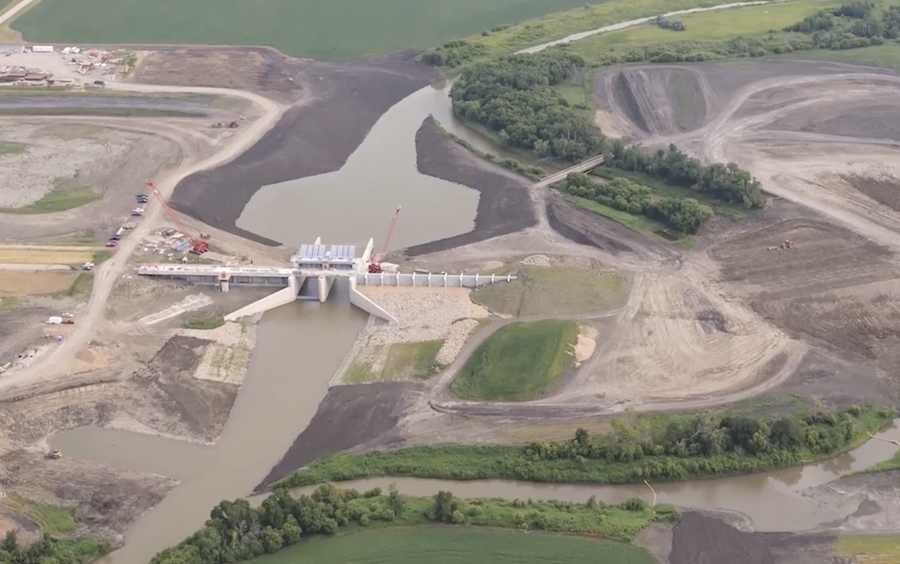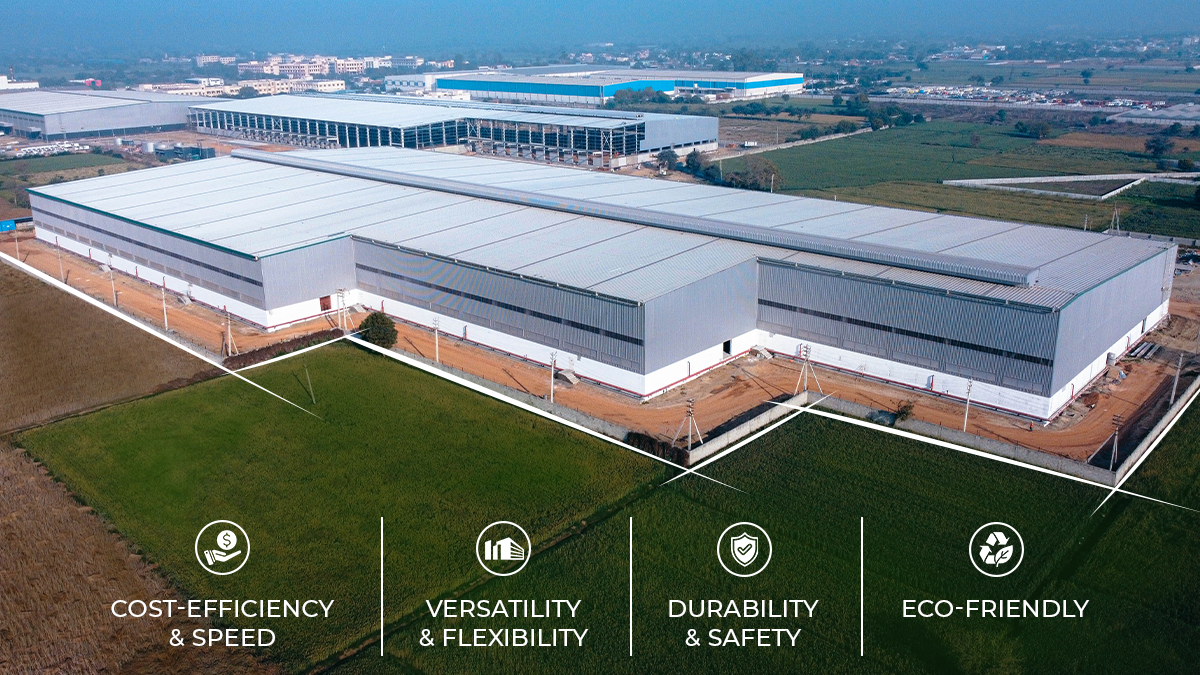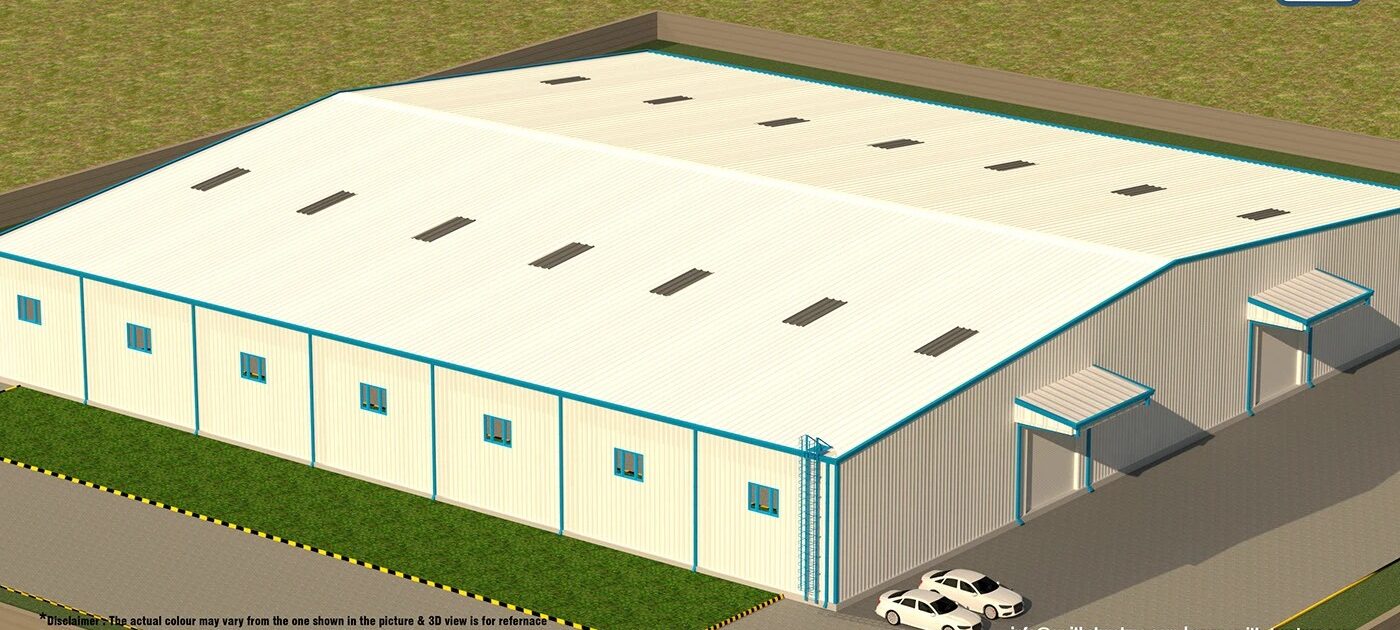
$57M Settlement Keeps Red River Diversion Project Claims Out of Court
[ad_1]

The contractor and the flood control authority for the massive Red River diversion project in North Dakota have resolved $400 million in claims with a $57-million settlement.
Much of what was negotiated concerned delay claims related to permits, third-party raiilroads and compliance with regulatory requirements, said a spokeswoman for the Metro Flood Diversion Authority (MFDA). A small part related to the failure to use epoxy coating on rebar in parts of the project to protect against corrosion, she said.
The settlement clears away unresolved matters soon after new leaders had taken over at both project partners and they tried to put the project’s past disputes behind them.
Under the agreement, the MFDA will pay $57 million in increments to the project developer and contractor, the Red River Valley Alliance, whose design and construction arm is ASN Constructors.
The 13-member MFDA board unanimously approved the settlement, which reduces the risk of unknown legal costs and the delays that would result from litigation, MFDA said in a statement. The extra payments will come out of a contingency budget.
John Shockley, the authority’s general counsel, told the MFDA board at a July 2 meeting that the $400 million settlement represents less than 2% of the $3.2-billion project.
“Fifty-seven million dollars is obviously a lot of money, but sometimes with a large project like this I think sometimes it’s appropriate to step back and take a 30,000f-foot view,” Shockley told the board.
The Fargo-Moorhead Area Diversion project broke ground in 2017. Its 30-mile-long channel is the first public-private partnership done in conjunction with the U.S. Army Corps of Engineers and the first water management P3 in North America. It is also the first green finance initiative in the U.S. specifically designed for climate-change adaptation.
A partnership of ACCIONA, Shikun & Binui USA and North American Construction Group, the Red River Valley Alliance is the developer for the stormwater diversion channel and associated Infrastructure portion of the overall Fargo-Moorhead project.
There is a second major part of the overall project that the Corps is delivering: the portion that will stage the water and control its flow. The Corps also serves as the federal agency overseeing the entire project.
The P3 mechanism allows the Fargo-Moorhead part of the overall project to be constructed 10 years sooner than if the Corps was building it alone, saving millions of dollars.
In March 2025, Luke Chenery took the helm of the Red River Valley Alliance as its CEO, and in February 2025 Jason Benson became permanent MFDA Executive Director.
Fargo City Administrator Michael Redlinger and Cass County Administrator Robert Wilson had been serving as co-executive directors since the resignation a year ago of Joel Paulsen.
In a LinkedIn post six months after his departure, Paulsen wrote that he still supports the project “and I sincerely hope it’s successful but I have moved past it and have focused on the single issue that led to my resignation, construction disputes.”
The authority and the alliance had been awaiting guidance on contract disagreements by the authority’s technical advisory dispute board. The board had heard the initial claim over the need to use epoxy-coated rebar in Fargo-Moorhead area diversion structures in May 2024 but was delayed by a complaint over open meeting requirements that the state attorney general had to decide.
Surface Coating Substituted
The use of epoxy-coated rebar, the first disputed matter to go before the technical advisory dispute board, had received much public attention. During a site tour, part of the MFDA team noticed that uncoated rebar was being used rather than the epoxy-coated rebar that the technical requirements called for, said the MFDA spokeswoman.
ASN Constructors began incorporating epoxy-coated rebar in concrete structures in July of last year, MFDA reported in a statement, but concrete structures completed without coated rebar will have their surfaces coated with what the MFDA describes as a “protective product” called Tex-Cote®. Under the settlement with the alliance, a coating will be made at substantial completion and re-coatings made as dictated by the manufacturer’s specifications.
The change in in leadership and wait for decisions by the technical advisory dispute review board “presented an opportunity for a collective review of past and present disputes,” said Benson. “We have reaffirmed our commitment to working together and established additional check-ins and collaborative approaches that are anticipated to reduce the need for formal conflict resolution processes.” Chenery expressed the same sentiments.
“Through our small leadership team discussions, the parties were able to reach this technical solution, without the need to remove and replace previously completed structures, which helps to keep the project on time and prevents economic waste,” Benson said.
With additional reporting by Jennifer Seward
[ad_2]
Source link
Post a Comment
You must be logged in to post a comment.






